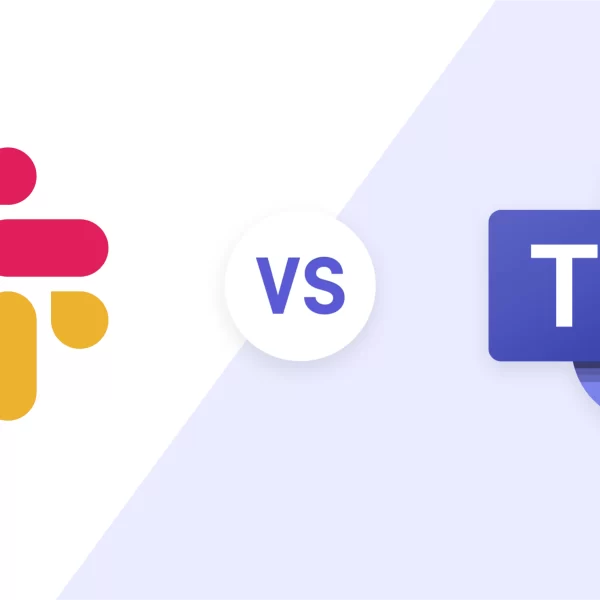Implementing SAP is a quest for corporate change and a dedication to excellence. Processes are streamlined, data visibility is increased, decision-making is improved, and a solid base for expansion in the future is established.
Since SAP is an enterprise resource planning (ERP) system, its implementation is not easy. It’s a voyage that has to be carefully planned, carried out without a hitch, and according to best practices. SAP adoption success will need a systematic approach and adherence to best practices.
Remember that an ERP installation involves people and procedures in addition to technology. To help you navigate the intricacies, you might require the experience of ERP experts and installation partners.
Additionally, ERP adoption is a continuous process rather than a one-time event. Thus the system should be continually assessed and improved to suit changing company demands.
Key Strategies And Best Practices for SAP deployment
This article examines the main strategies and best practices for a successful SAP deployment.
- 1. Start With A Clear Vision And Strategy
Before beginning a SAP deployment, identify the project’s goals and scope. Setting attainable objectives and specifying the business processes and functionality included in the implementation is part of this process.
Start by deciding why your firm needs to deploy SAP. It could involve improved data visibility, optimizing company operations, lowering expenses, increasing operational efficiency, or facilitating better decision-making. Make sure that these goals complement your organization’s overall strategy.
Next, specify the project’s scope and which operational procedures and activities will be implemented. When addressing your present demands while leaving opportunities for future expansion, consider the immediate requirements and future scalability. Include essential stakeholders in the process of creating objectives and scope, and make sure they are in line with organizational requirements.
Ensure you properly communicate with the project team, staff, management, and other relevant parties. This facilitates creating a shared understanding of the project and sets clear expectations. Throughout the sap implementation process, review and evaluate the objectives and scope. As the project develops, modifications and improvements can be required.
- 2. Choose The Right Partner
A successful SAP setup depends on choosing the proper consultant or provider. In your sector, look for a consultant or provider with experience. They must comprehend your company’s operational procedures, market norms, and specifications.
Examine the vendor’s or consultant’s experience with SAP deployments. Look for their track record of completing projects of comparable size, level of difficulty, and success. The vendor or consultant should thoroughly understand the SAP system and the modules that apply to your setup. They should maintain up-to-date knowledge of the most recent SAP technology and best practices.
A seamless SAP adoption depends on effective project management. Examine the project management skills of the vendor or consultant, including their capacity to organize, plan, and carry out the implementation process.
Take into account the vendor’s or consultant’s post-implementation support services. Ensure they offer continuous assistance, upkeep, and system updates to handle any problems or changing requirements that may appear after deployment.
- 3. Focus On Change Management
SAP implementation needs a thorough change management plan to guarantee acceptance. This plan should include clear communication, thorough training, and continuing assistance to assist staff in adjusting to the change. It is crucial to explain the rationale behind deploying SAP, the company’s benefits from doing so, and how this would affect workers’ jobs and duties.
Offer chances for feedback and input from the workforce, address their issues, and offer frequent updates on the implementation’s progress.
Thorough training is vital to provide employees with the information and skills they need to use SAP effectively. To facilitate a smooth transfer, create a strategy that includes initial training sessions and continuous assistance.
Training needs to be specific to the duties and responsibilities of each employee. Address any opposition to change and oversee organizational migrations as part of your change management strategy.
Employ targeted change management interventions to address anticipated problems and employee resistance proactively. Evaluate the success of the change management techniques and the implementation’s progress regularly. Employers should provide feedback, and any required modifications be made to guarantee ongoing progress.
- 4. Thoroughly Test Before Going Live
For the SAP deployment process to proceed smoothly and successfully, thorough testing is crucial.
Before the system is completely functional, it assists in finding and fixing any problems, faults, or possible hazards. Here are some crucial tests to think about. Data flows correctly, and operations are carried out as intended, thanks to end-to-end testing of the SAP system, including all modules and features.
Verifying the flawless integration of the SAP system with other current systems or outside applications is the main goal of integration testing.
Performance testing evaluates the system’s scalability, stability, and reaction time under various user loads and stress scenarios. Engaging end users in user acceptability testing entails testing the system from their point of view. Before going live, any usability problems may be fixed thanks to feedback from user acceptability testing.
Also, a pilot test with a small number of users or in a controlled setting, in addition to these testing strategies, might offer insightful information and enable last-minute tweaks before the system’s rollout to the full business.
- 5. Monitor Progress Regularly
A successful SAP deployment requires consistent monitoring and review.
Monitoring project deliverables, risks, and milestones enables early detection of possible issues. Track essential indicators to evaluate the project’s performance and track its development. Scope creep, an uncontrolled extension of the project scope beyond the initially established limitations, is one of the most important KPIs to monitor.
If scope creep is found, analyze the effects and make the required changes. Analyze the project’s financial performance regularly and contrast actual expenses with the budgeted amount. If there are major deviations, figure out why and make the necessary adjustments to ensure the project stays within the budget.
To ensure project resources, such as staff, infrastructure, and equipment, is being used efficiently, monitor how they are used. Take the necessary steps to improve resource allocation by detecting any bottlenecks or restrictions early.
Stakeholder satisfaction is a crucial indicator of a project’s success. Monitor important stakeholders’ levels of satisfaction regularly. During implementation, gather feedback, resolve issues, and make any required adjustments.
An iterative process makes the project more likely to stay on course, achieve its goals, and provide the desired results.
Bottom Line
Planning, stakeholders and partners, testing and validation, change management, and a dedication to continuous improvement are all necessary to successfully implement SAP.
Businesses may successfully integrate SAP and realize its potential to restructure operations, boost efficiency, and spur development by adhering to five essential strategies and best practices. While the process may be difficult, the benefits of an effective SAP adoption may be great, preparing firms for long-term success in the constantly changing business environment.
Use these tactics and recommendations to enter the SAP implementation process with assurance and resolve.












